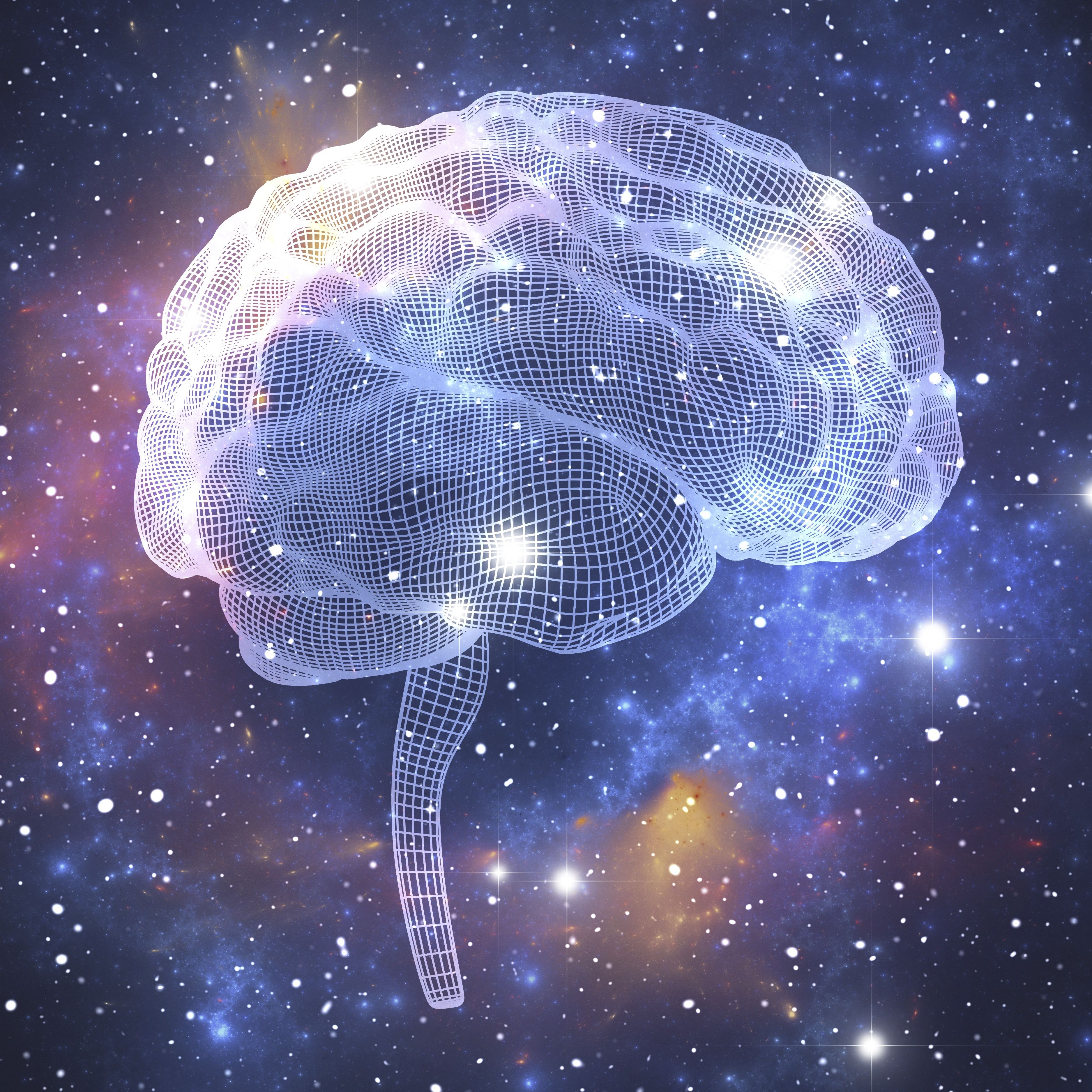- An international team of researchers performed brain scans on 12 cosmonauts before and after their space missions and found microstructural changes in the brain.
- Scientists have long sought answers to a curious spaceflight-related ailment: a type of swelling in the brain called intracranial pressure.
- The research could help scientists and engineers develop new techniques and instruments to cope with increases in intracranial pressure while on long-duration missions to the moon or Mars.
Since the early days of the Mercury missions in the late 1950s, astronauts have described the impact that viewing Earth from space has had on them. In addition to a mind-bending shift in perspective, evidence has shown that long-duration space travel can literally rewire a space traveler’s brain, too.
New research from an international team of scientists, led by Floris Wuyts of the University of Antwerp in Belgium, has revealed changes in the brains of 12 Russian cosmonauts who had spent, on average, around 172 days in space. The findings add to decades of research looking at how extended periods of time in space can impact the human body.
🌒 You love the cosmos. So do we.
“Spaceflight has the potential to profoundly alter both the function and shape of the adult brain. While the physiological effects of spaceflight have been studied for many decades, research into the effects of spaceflight on the brain is still in its infancy,” the team writes in a February paper published in the journal Frontiers in Neural Circuits. “The human desire to increase our exploration of space exacerbates the need to understand the effects of spaceflight on the human brain.”
Wuyts and his team performed a type of brain scan called a diffusion magnetic resonance scan, or dMRI, on the cosmonauts before they travelled to space. Then, they followed up with additional brain scans seven months later, after the cosmonauts returned to Earth. For the first time ever on space travelers, the team also used an imagining technique called fiber tractography, which constructs a 3D model of the brain’s neurons. This allowed them to analyze how spaceflight rewires the connections between neurons, called neural tracts, and led them to discover widespread structural changes to the pathways that control some sensory and motor functions.
Similar studies conducted on U.S. astronauts have shed light on how microgravity impacts the brain. A 2020 study published in the journal Radiological Society of North America revealed the volume of white matter, or nerve bundles found deep within the brain, expanded during the astronauts’ stay in space. It also found that the shape of the pea-sized pituitary gland, which sits at the base of the skull and regulates the body’s many hormone-secreting glands, became deformed while in orbit. These changes point to an increase in intracranial pressure while in orbit. Perhaps more troubling, the side effects lasted for a year after the astronauts returned home.
On Earth, gravity helps to pull bodily fluids to the lower extremities, thus relieving pressure on the brain; but in the absence of gravity, these fluids migrate back toward the brain.
This intracranial pressure could also explain another common ailment among astronauts: vision problems. Astronauts and cosmonauts have been complaining about issues with their eyes since the early days of the shuttle program. Researchers have been racing to understand the condition, which is known as visual impairment/intracranial pressure syndrome, or VIIP.
A 2021 study published in JAMA Ophthalmology compared images of the ocular structures of two male astronauts before and after spending a year in space. While the shape and structure of their eyes largely remained the same, the team of NASA scientists found evidence of swelling in the optic nerve, the cluster of neurons responsible for transferring visual information from the retina to the brain. The team also discovered that one of the astronauts developed folds in the choroid, the layer of blood vessels and tissue between the retina and the sclera.
We’re a long way from fully understanding the myriad ways that extended stays in microgravity can tinker with the human brain. One benefit to the boom in private spaceflight is that the pool of potential research subjects is expanding.
But as access to space increases, so will the need to protect those who venture there. NASA, its partner agencies, and research institutions around the world are working on technology to help limit the impacts of microgravity on the body.
For example, NASA has partnered with outdoor retailer REI to develop a space “sleeping bag” that uses suction to relieve some of the pressure in the head and torso by pulling fluids back down into the lower extremities. Multiple teams are working to develop artificial gravity, the holy grail of all solutions, often found in countless sci-fi stories, but it’s an incredibly complicated and expensive endeavor.
Until we develop a silver bullet solution that allows us to escape the perils of microgravity, we’re stuck exploring the effects of spaceflight on the brain.
Jennifer Leman is a science journalist and news editor at Popular Mechanics, where she writes and edits stories about science and space.
This content is created and maintained by a third party, and imported onto this page to help users provide their email addresses. You may be able to find more information about this and similar content at piano.io






